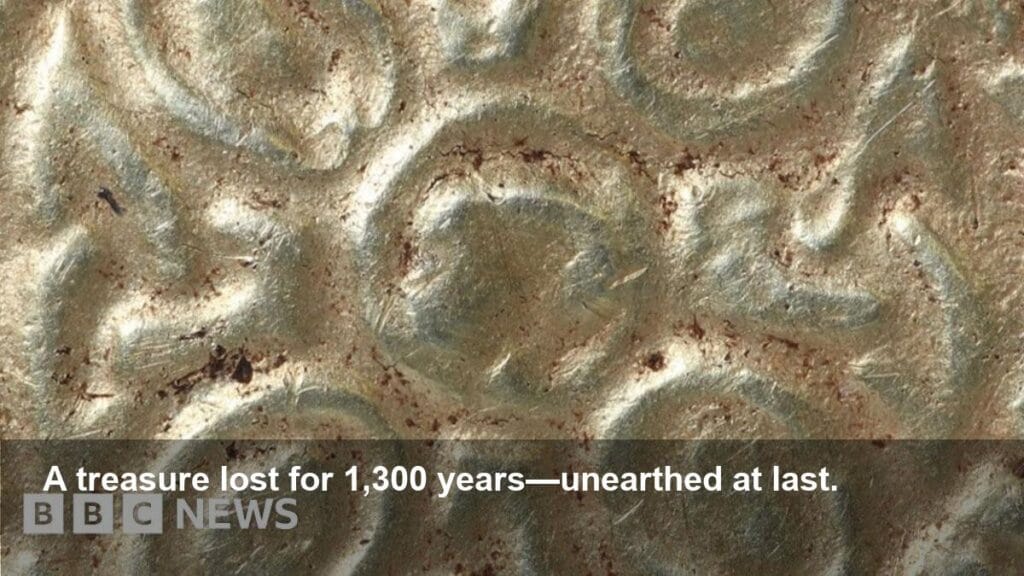Rare 8th-Century Gold Treasure Unearthed in Swaffham

- A metal detectorist has discovered an exceptionally rare gold pendant near Swaffham.
- The artifact is dated to the early 8th Century, making it over 1,300 years old.
- Historians have authenticated the piece, describing it as a “really rare” and significant find.
- The discovery sheds new light on the craftsmanship and culture of early Anglo-Saxon England.
A Discovery of a Lifetime
In a remarkable turn of events, a metal detectorist exploring a field near Swaffham, Norfolk, has unearthed a piece of history that lay hidden for over 1,300 years. The find, a stunning and intricate gold pendant, has been identified by experts as a “really rare” artifact from the early 8th Century, offering a priceless window into a distant past. The discovery has sent ripples of excitement through the historical and archaeological communities, highlighting the incredible treasures still waiting to be found beneath our feet.
A Glimpse into the 8th Century
The pendant represents a period of significant cultural and artistic development in Anglo-Saxon England. Such pieces were not mere ornaments; they were powerful symbols of wealth, status, and faith. The craftsmanship required to produce such a detailed piece of jewelry in the 8th Century would have been extraordinary, reserved for the most skilled artisans of the time. This particular find is believed to be a testament to the sophisticated metalworking techniques that were flourishing in the region long before the Norman conquest.
Expert Confirmation and Historical Significance
Upon its discovery, the pendant was reported to the proper authorities and examined by historians who quickly recognized its importance. One expert described the piece as “really rare,” emphasizing that finds of this quality and age are few and far between. The artifact’s design and composition provide invaluable clues about the trade, beliefs, and social structures of the era. It was likely commissioned for and worn by a high-status individual, possibly royalty or a prominent religious figure, making it a key piece in understanding the social hierarchy of early medieval England.
The Future of the Pendant
The journey for this incredible artifact is far from over. It will now undergo further analysis and conservation as part of the Treasure process in the UK. This process will formally document the find and determine its historical value. It is widely hoped that the pendant will eventually be acquired by a museum, allowing it to be displayed for public viewing and scholarly research. For now, its discovery serves as a powerful reminder of the rich history buried all around us, often revealed by the unlikely combination of modern technology and a detectorist’s passion for the past.
Image Referance: https://www.bbc.com/news/articles/cx2p537veqqo

